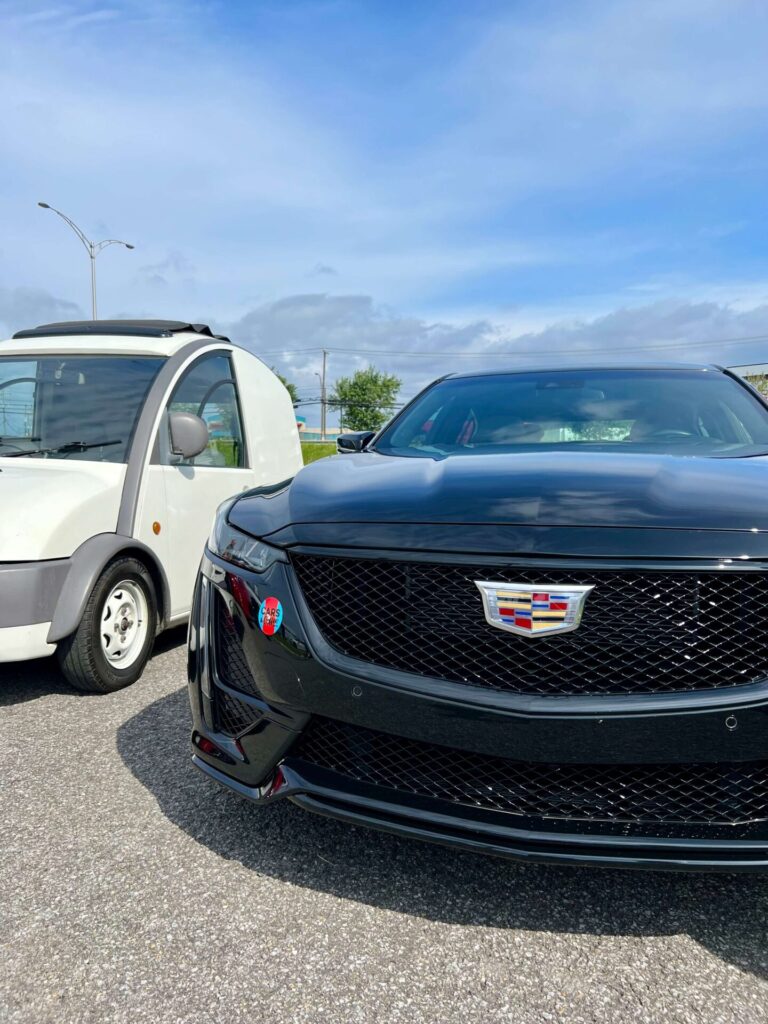The Automotive Dream “One man and his dream had not simply left the world with an engine and four wheels; Henry Ford and his Model T had influenced people's everyday lives - where they lived, how they spent their leisure time, even how they viewed themselves.” - Gary...
The Birth of General Motors & William C. Durant
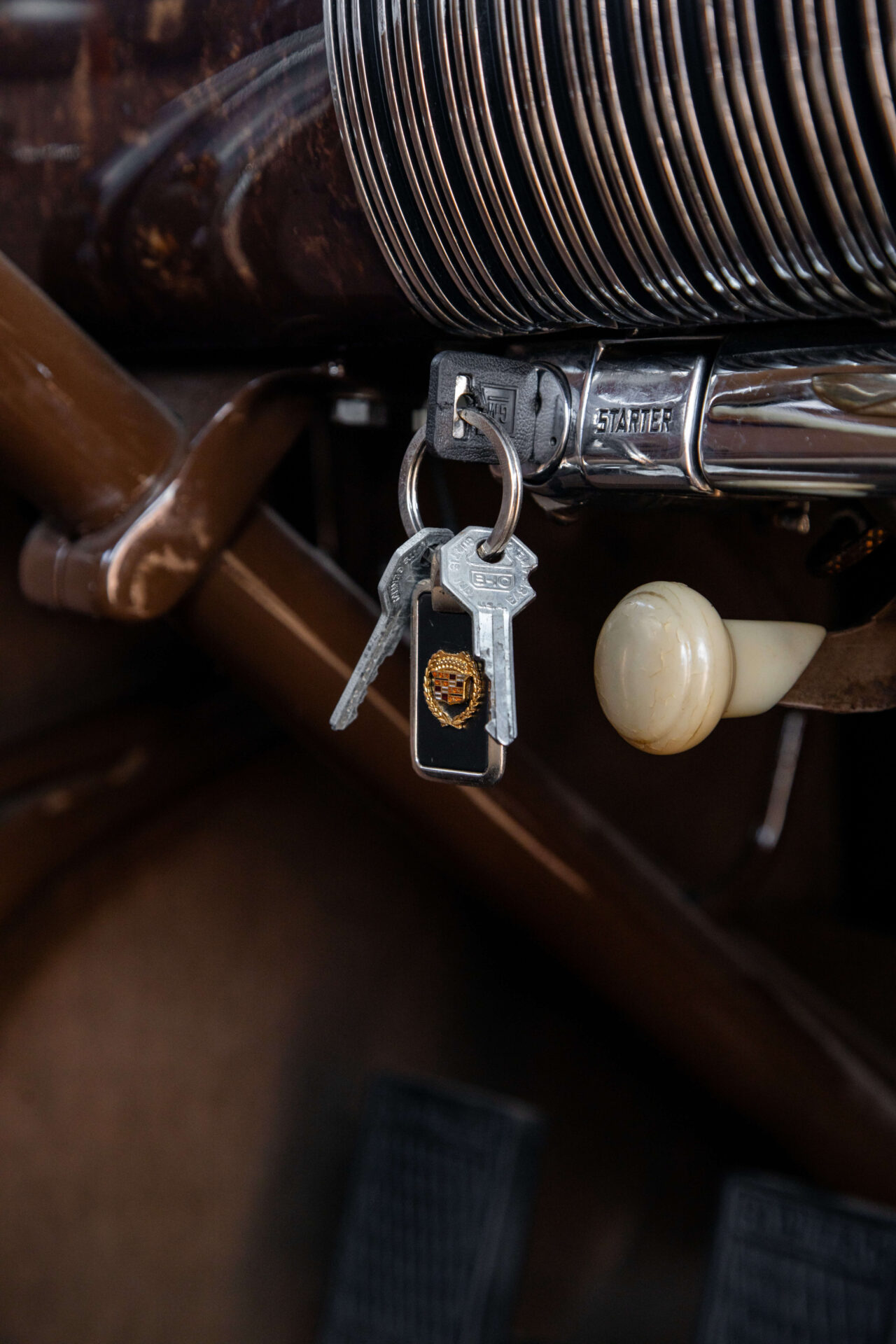
Photo credit: Good Vision Prod
Recent posts
Lagonda 16/80 Special Six 1933
English Touring The car we present to you this week is the Lagonda 16/80 Special Six in the Demers Car Collection. Lagonda was a luxury British car brand that Aston Martin eventually absorbed. Through its association with Aston Martin, it is sometimes hard to remember...
An Introduction to Lagonda
Before Aston Martin “The history of Lagonda cars is synonymous with sophistication, opulence, and groundbreaking performance” - An article for Discovery UK Today, we may recognize the name Lagonda from its association with Aston Martin. Before these two brands...
Cadillac Model A 1903
The Standard of the World “No other American car on the market in the first decade of the century was constructed to higher standards than Cadillac.” - Stephen W. Sears in The Automobile in America Some of you may know that Cadillac has long had the slogan “Standard...
An American Story of Ambition
“The story of General Motors is one of rising, falling — and rising again.” – Matthew DeBord for the Business Insider
General Motors (GM) is one of the world’s largest car producers today. It is easy to forget that before it reached this titanic size, GM was just one man’s vision. Unlike other automobile ventures we explored on this blog, GM never had humble beginnings. Its creator, William C. Durant always had large ambitions for this holding company. Continue reading to find out more about who William C. Durant was, how GM got its stars, how it expanded and who took over once Durant was kicked out for good from the company he helped create.
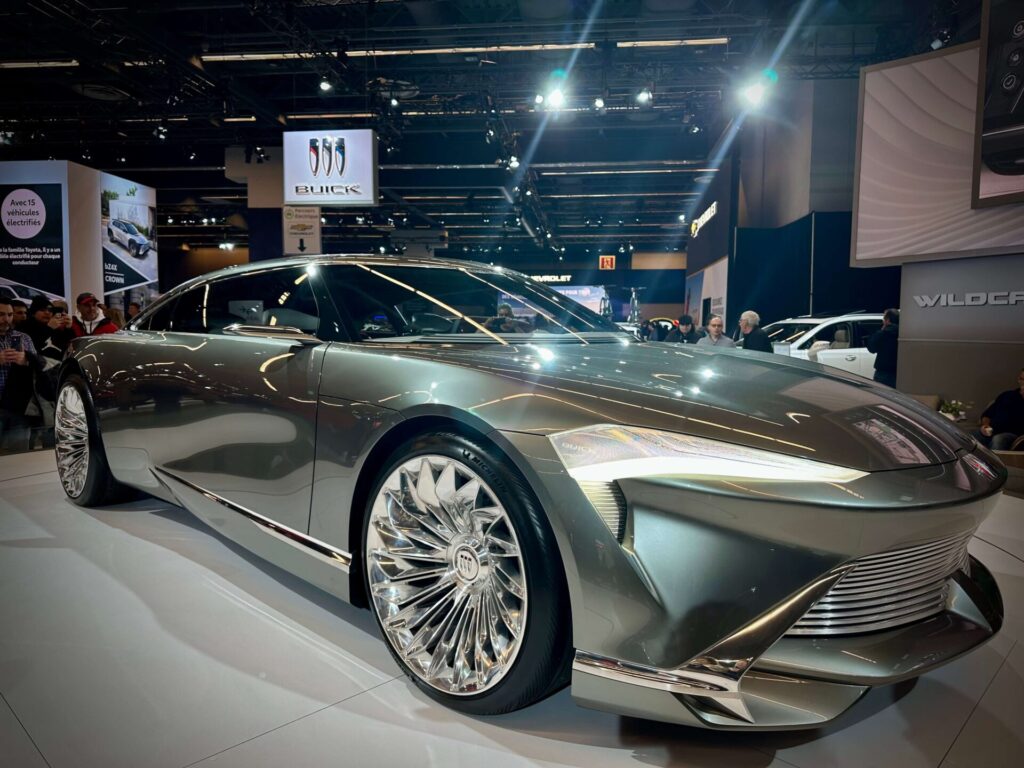
William C. Durant
Born in 1861 in Boston, Massachusetts, William C. Durant had an entrepreneurial mind and partnered in his first business, the Flint Road Cart Company, in 1885. Within five years, the company was the country’s largest horse carriage manufacturer.
In the early 1900s, the automobile industry was beginning to gain traction and garner enthusiasm in the United States. In 1904, Durant started managing the Buick Motor Company, and by 1908, his leadership made Buick the country’s leading car manufacturer.
At this time, the industry’s landscape was quite fragmented. Many small manufacturers were producing their own cars as outgrowths of their carriage or bicycle businesses. Hundreds of car manufacturers were active in the USA in the mid-1900s. This was a time before part standardization and chain production.
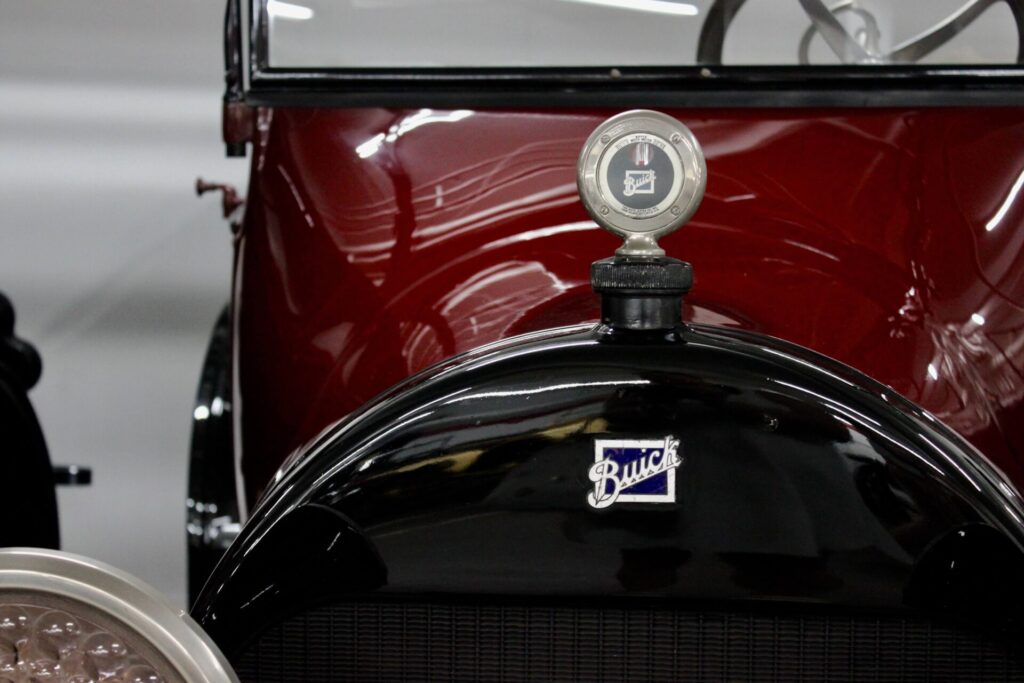
Historical Context
Durant was a visionary and he anticipated the need for economies of scale for the success of the automotive industry. Consolidation seemed a good idea for him. If different brands could share parts and processes while offering a variety of products to customers, the parent company could be quite profitable. The allied companies would then have better chances of surviving the increasing competition. Durant also envisioned the incredible scale that the automotive industry would take one day, anticipating production years of 500,000 units. This would be a world where every family drove a car. Not everyone shared his vision. This type of mass production was inconceivable for most. Plus, not everyone was ready to give up the horse right then.

The Birth of General Motors
In 1908, alongside Charles Steward Mott and Frederic L. Smith, Durant founded the General Motors company. At first, the only company it “held” was Buick. The same year, GM acquired Old Motor Works, the maker of Oldsmobiles. Rapid Motor Vehicle Company which would later become GMC shortly followed. The next year’s acquisition included Cadillac Motor and Oakland Motor Car Company which would later become Pontiac. By 1910 though, after the acquisition of about 25 different companies, GM was in a difficult financial situation and bankers blamed Durant for it. He was pushed out of the company.
1908 was also the year Ford introduced its Model T. Ford’s philosophy was to produce a unique model at an affordable price so that “everyone” could buy a car. Ford would become GM’s toughest rival. Although GM also targeted the mass market, its product offering was to remain diverse with a variety of models offered by several brands at all spectrums of affordability.
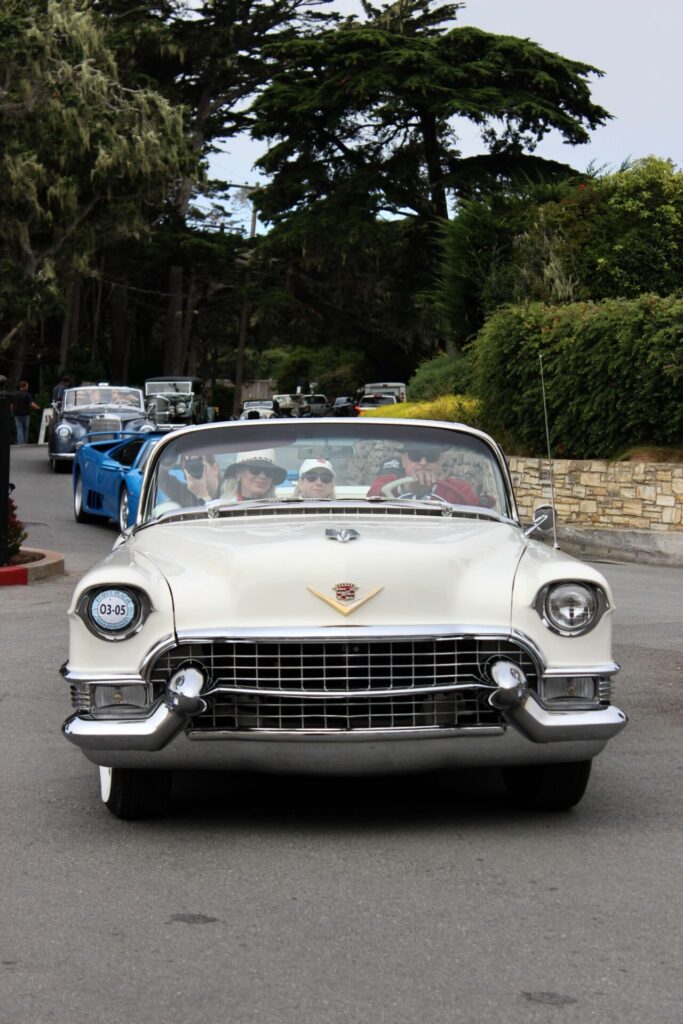
The Expansion of General Motors
Durant was not the kind of man to give up easily. As soon as 1911, he co-founded the Chevrolet Motor Company and leveraged it in the following years to buy back GM shares. By 1915, Durant was GM’s largest shareholder and returned to its presidency in 1916. Technically speaking, it is Chevrolet that bought GM and not the other way around, but in 1918, Chevrolet became a division of GM.
GM expansion didn’t stop while Durant was away either. The Company scored important government contracts during World War I and continued to acquire companies. In 1919, it is reported that GM became the second company in the United States to reach a capitalization of $1 billion. Despite this, in 1920, GM was in a tough financial spot again and Durant resigned, for good this time. Around this time, GM accounted for about 12% of cars sold in the USA.

Goodbye Durant & Hello Sloan
Durant’s final resignation marked the start of a new era for GM. In 1923, Alfred P. Sloan took the lead. Although Durant played an important role in the creation of GM, Sloan is the person who made it into the “model of the modern American corporation” that we know it to be today. In the following years, GM expanded internationally with operations in Great Britain, Germany, France, Argentina, Brazil and Australia. Placing a bet on closed cars, following GM’s acquisition of Fisher body company, Sloan predicted the future of the industry outsmarting Ford’s bet on open-air cars. By the end of the 1920s, GM surpassed Ford in sales.
GM’s corporate philosophy also changed from Leland’s aggressive purchases to producing growth from within. In-house departments like the Art & Colour design department and new brands like LaSalle were created from within instead of purchased. Sloan restructured the company along the lines of delegating operations while conserving coordinated control. Most large-scale modern companies of the 20th century repeated this decentralized management model. By the time Sloan retired in 1956, GM sold almost half of the cars in the USA and was one of the most influential companies in the world.
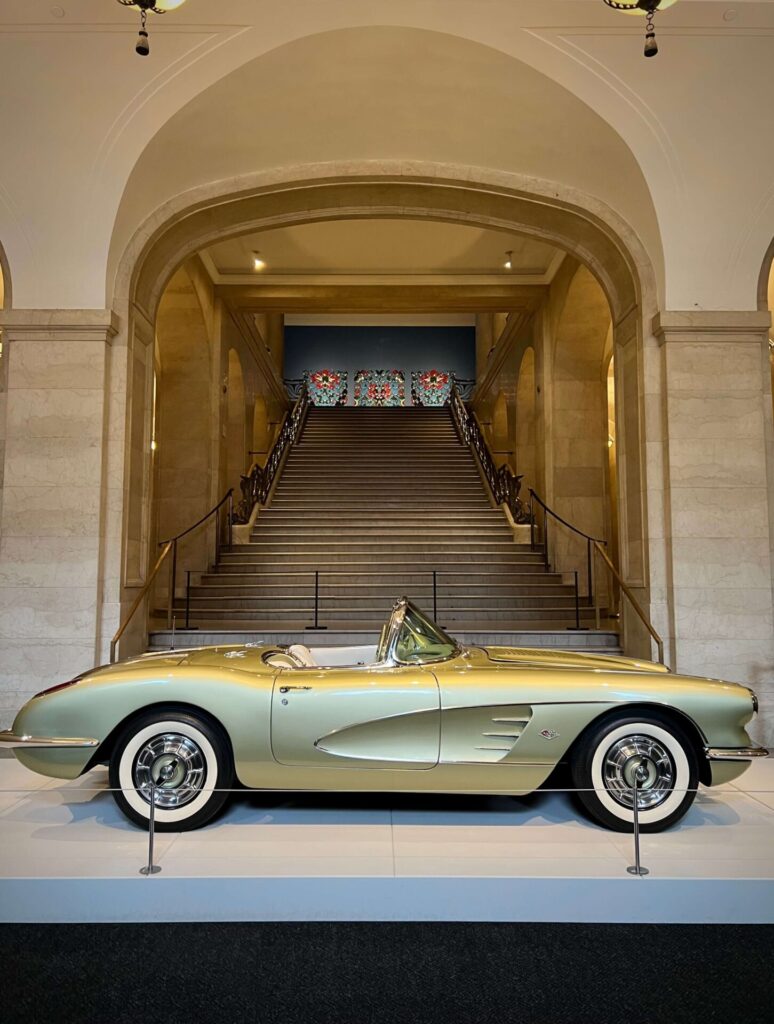
What Now
Here at Currus Dreems, we aim to celebrate the history of the automobile and the people who made it happen. We find the founding story of GM and its rise fascinating and worth retelling. Before GM and the other Detroit giants, the US counted only about 8,000 cars. Within 10 years of business, GM was making its millionth car. However, we also acknowledge that the way GM and the automotive industry have shaped the United States and the world was not always positive or equitable.
Among other woes, we feel that it would be unfair to write this article without mentioning GM’s role in enforcing segregation policies rampant during the apartheid years of the United States. For a long time and with lasting consequences, black Americans and other minorities were left out of GM’s world vision and the American dream. Another important issue to note is GM’s active role in creating and promoting the concept of planned obsolescence to disastrous consequences for our postmodern world. I feel uncomfortable celebrating the fact that GM helped “put America on wheels,” without acknowledging that it also often “put profit over people.” In her opinion piece for the New York Times, Anna Clark delves into more details of this nuanced topic. I encourage all of you to read it! As Dave Butler puts it in an article for The Street, General Motors “has a history that is in essence the history of America,” and this history is far too long and complex to adequately relate in such a short blog post.Don’t miss next week’s blog post where we introduce you to another car from the Demers Car Collection: the 1957 Cadillac Eldorado Biarritz.
